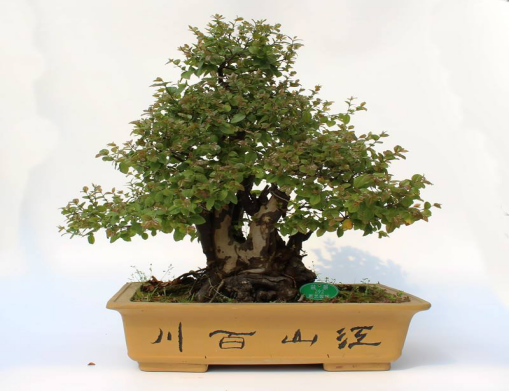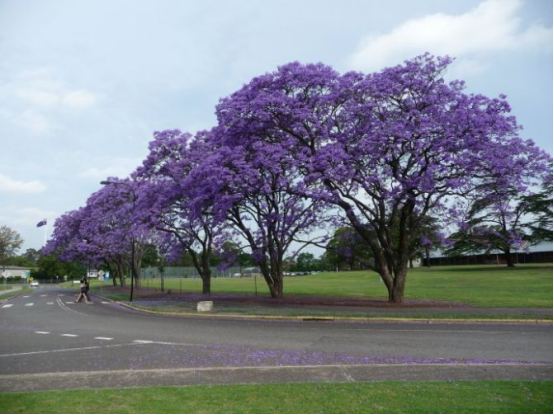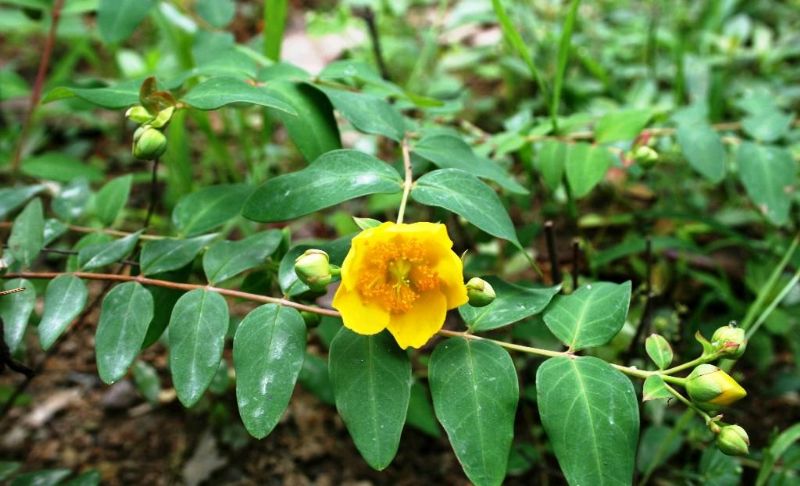The reason for the yellowing of Finch Plum leaves
First, if left outdoors, the basin soil may be too dry or too wet, especially due to stagnant water after rain and poor drainage.
Second, put it indoors in a sultry, unventilated shade for a long time, or suddenly move to the outside to be exposed to the sun. After deciduous leaves, as long as the branches are not withered, there are still residual leaves. After gradually putting them in an outdoor semi-shady ventilation place and adding fertilizer and water management, leaves will still grow again after autumn.
Of course, there are some other trivial reasons, such as fat and burning leaf yellow, lack of fertilizer leaf thin yellow, alkali soaked leaf yellow, acid deficient leaf yellow, acid multi-leaf yellow, large pot and small leaf yellow, diseases and insect pests lead to yellow leaves, and so on.

But flower friends do not worry about this situation, we have plenty of ways.
Common insect pests of sparrow plum
Common insect pests of sparrow plum
The common diseases and insect pests of Finch plum are rust, longicorn beetle pests, red spiders and so on.
Rust of sparrow plum
Sumade rust is a fungus. Caused by multicellular rust, it will produce spores, yellowing the leaves, or the disease spots on the front of the leaves begin to be orange, the lesion tissue gradually thickens, and the back of the leaves bulge, affecting the appearance.
With the passage of time, the disease spot will expand, can expand to round, black, and finally cause the leaves to die and fall off.
Longicorn beetle pest of Finch plum
When a longicorn beetle pest occurs in sparrow plum, the female longicorn beetle will bite through the bark and lay eggs on the top of the branch. The newly hatched larvae will eat under the bark, grow up and gradually eat into the trunk and root, and then gradually empty the stem and die.
Red spider pest of sparrow plum
Red spider disease is a reddish-brown oval appearance. Red spiders will form a web above the plant leaves to lay eggs and use mouthparts to pierce the branches and leaves to absorb the sap of the branches and leaves, resulting in the destruction of the chlorophyll of the leaves and the gradual yellowing of the leaves. Grayish-yellow spots will also appear on the leaves until the leaves dry and fall off.
Control of common insect pests in sparrow plum control of rust in sparrow plum
The rust spot of sparrow plum can be treated by pruning: completely cut off the fungal branches and buds from the sparrow tree before the spring rain.
In addition, you can also spray parathion or pentachlorophenol sodium 350 times liquid plus 1.01 kg before spring rain to reduce diseases.
Pest control of longicorn beetles in sparrow plum
The larvae can be stabbed to death by inserting moderate wire into the wormhole directly.
Pest control of red spiders in sparrow plum
Can directly spray dichlorvos or dimethoate 1000 times liquid to 1500 times liquid.
Matters needing attention for family flowers and plants in winter
Precautions for family flowers and plants to spend the winter-when winter comes, people need to add clothes, and the plants at home should also be prepared for the winter. The garden department and relevant horticultural experts put forward the following views on the replenishment of plants in winter.
Fertilizer application of flowers and plants depends on varieties
People have to make up in winter, but for winter flowers and plants, "replenishing" is not necessarily a good way. According to reports, the balcony potted plants in dormant and semi-dormant state should stop fertilizing in winter. For exuberant foliage plants, 0.3% urea can be sprayed or poured, or multi-component compound fertilizer particles can be applied on the basin. Flowers and trees that mainly watch flowers and fruits, such as Magnolia, Milan, pomegranate, crape myrtle, jasmine, etc., should continue to apply available phosphorus and potassium fertilizer. After each pruning, thin fertilizer can be applied to hammer elm, sparrow plum, holly, Luohansong, triangular maple, bayberry, melon seed and yellow poplar, etc.
Watering temperature is exquisite.
Plant evaporation is much less in winter than in summer. Therefore, experts suggest that the frequency of watering plants at home can be reduced appropriately after cold weather. In the water temperature, avoid the difference between water temperature and soil temperature, air temperature is too big. The watering time can be carried out before 10:00 and after 16:00. While watering, we should not neglect to loosen the soil for potted plants, and it is best to put a small amount of ferrous sulfate into some ornamental plants. However, it should also be targeted, for example, hanging orchids had better be put indoors during the winter, and should be watered in time when dry, but not more, otherwise the roots will rot away. Although green pineapple is easier to raise, it should be kept moist all the time, and the temperature should not be too low. Aloe likes water, but it's better to wait until the soil is dry before watering.
Plants also need some air.
After the cold weather, some citizens moved the plants originally from the open-air balcony to their homes for the winter. Experts advise members of the public to prune in time when they find dead branches and disease and insect branches. In the first week of moving into the house, it is best to open the window so that the plants can breathe and gradually adapt to the change of temperature, otherwise it is easy to make the leaves of potted flowers yellow and fall off.
- Prev

The reason why the blue flower does not blossom
Blue flowers like to grow in a warm, humid, sunny environment and are not resistant to frost, snow and cold. Therefore, the planting environment of blue flower is very important, from which we can find out why it does not blossom. First of all, it may be that there is not enough sunlight, and the lack of sunlight will lead to a lack of growth nutrients, which will affect the flowering of blue flowers.
- Next

Propagation method of Prunus mume
1. Cutting propagation in spring or autumn, select several strong growing branches, cut them into cuttings 10-15 cm long, and soak them with auxin or rooting powder. The golden plum seedling bed should be watered thoroughly, and then it can be cut when the water lags behind, and the soil should be loosened and irrigated frequently.
Related
- Fuxing push coffee new agricultural production and marketing class: lack of small-scale processing plants
- Jujube rice field leisure farm deep ploughing Yilan for five years to create a space for organic food and play
- Nongyu Farm-A trial of organic papaya for brave women with advanced technology
- Four points for attention in the prevention and control of diseases and insect pests of edible fungi
- How to add nutrient solution to Edible Fungi
- Is there any good way to control edible fungus mites?
- Open Inoculation Technology of Edible Fungi
- Is there any clever way to use fertilizer for edible fungus in winter?
- What agents are used to kill the pathogens of edible fungi in the mushroom shed?
- Rapid drying of Edible Fungi

